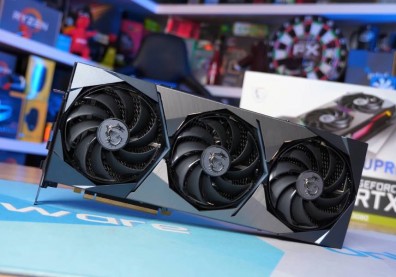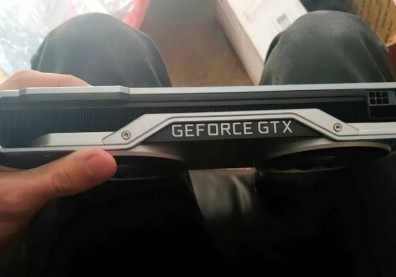Nvidia GTX Titan X recent review was based on a gaming standpoint, focusing on the FPS, thermal and its overclocking performance against the GTX 1080. The review content aims at providing a better awareness of value at every price-point.
The Nvidia GTX Titan X reportedly uses a GP102 GPU under Pascal architecture, which is the biggest chip currently available on a GeForce-branded card. The single current Pascal chip packed in a flashier fashion is the GP100, which is used in Tesla P100 Accelerator, but not intended for gaming. Reports also indicate that GP102 has about 6 GPCs for 28 SMs as well as 3584 CUDA cores. Although it is not the largest Pascal chip out in terms of the entire SMs, it is the largest in the line of GeForce.
In addition, the GP102 being used in Nvidia GTX Titan X is reported to follow GP104's architecture and breaks GPCs into batches of 5SMs, contrary to the GP100 GPC-SM alignment of 10 concurrent multiprocessors for every GPC. According to experts, this is the reason why it is important to take note of the fact that SMs and cores could not be compared cross-generation or even intra-generation.
In fact, the GP100 chip used in the Tesla 100 Accelerator is designed for deep learning and simulation. This means that it has an entirely different application of cores. Moreover, GP 100 uses FP64 cores in such a way that Titan XP does not, which is more ideal for double-precision performance compared to the FP32-oriented Titan X card of this generation, Gamers Nexus reported.
Meanwhile, Tesla Motors reportedly revealed that all the vehicles that the company manufactures are going to come with the required hardware that will enable self-driving cars. Reports further confirmed that the hardware will have Nvidia GTX Titan graphic processor inside. However, the previous report was later denied by Nvidia.
Tesla vehicles, instead, will be equipped with another Nvidia product called Drive PX 2, Fool reported. Watch NVIDIA GTX Titan X (Pascal) Review vs. GTX 1080 , SLI 1070s









